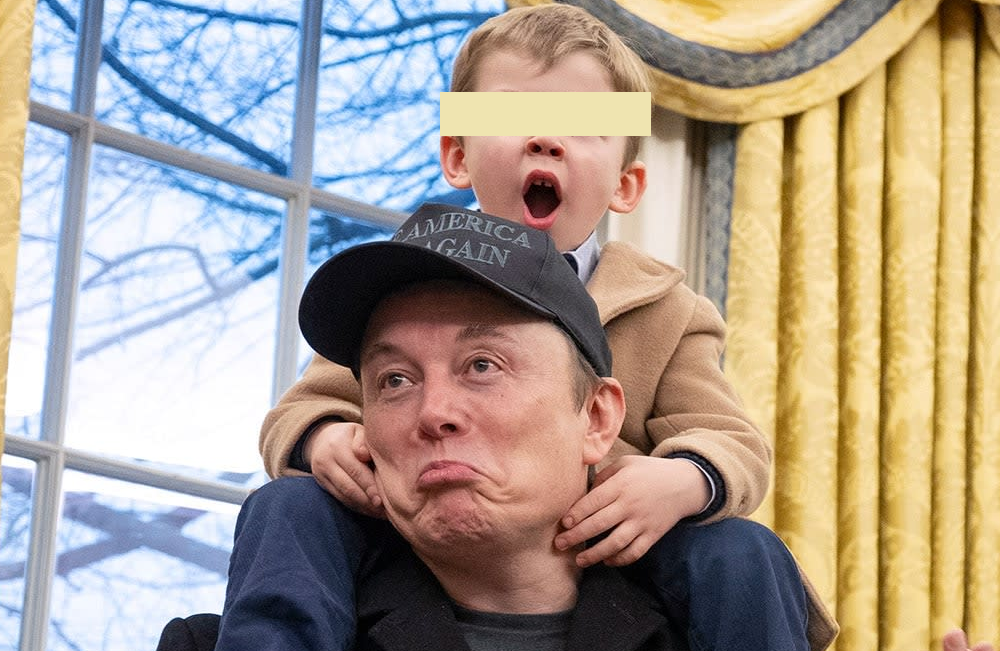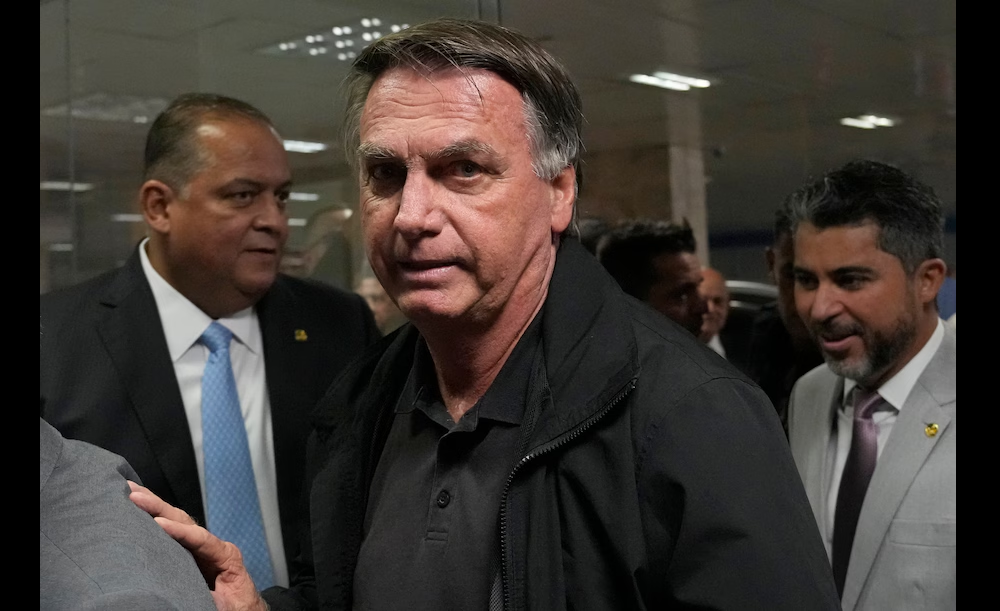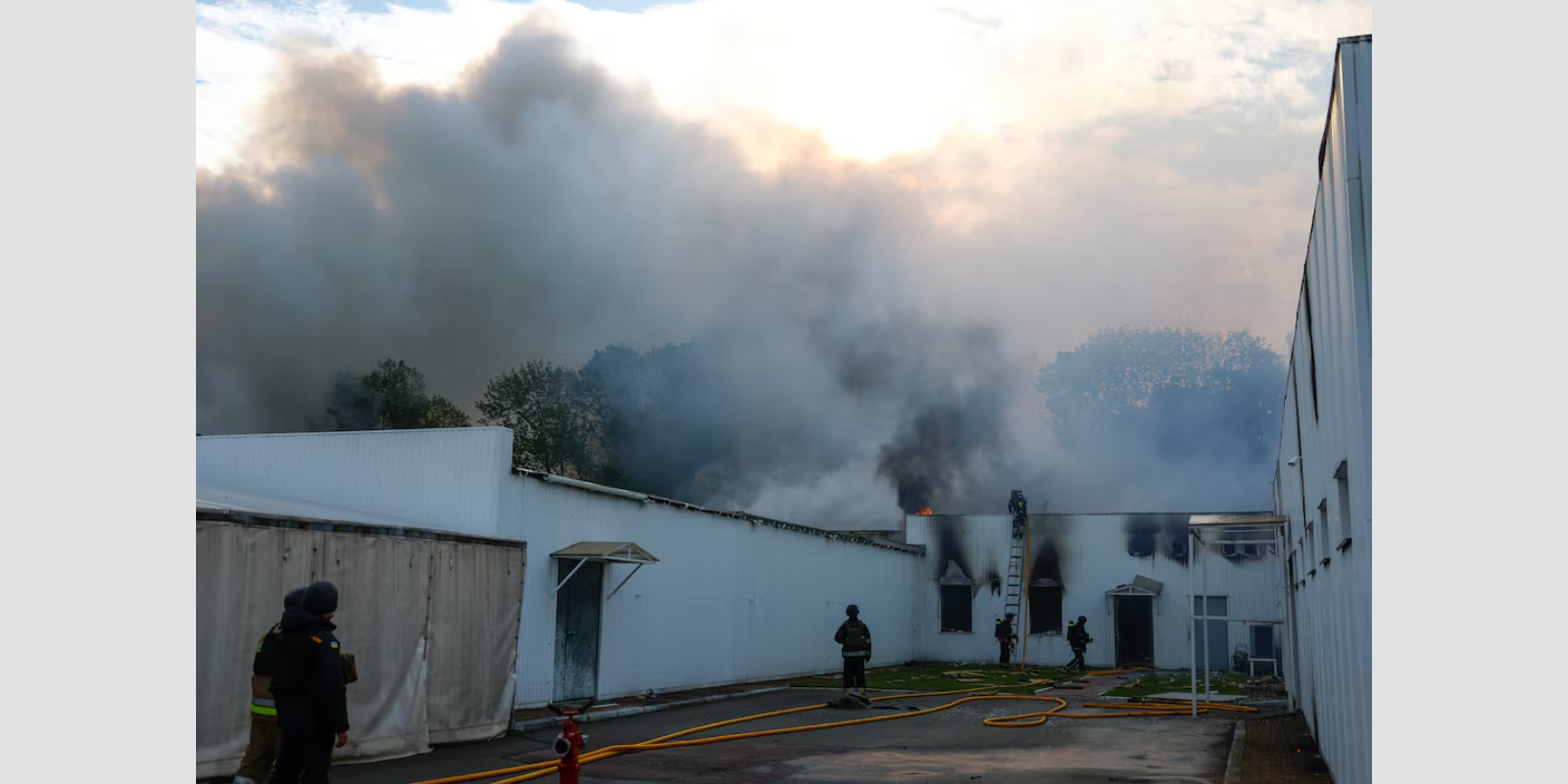Chart: The Economist, Input ENB
It has become an international pariah without vanquishing Hamas
Jul 31st 2025 Jerusalem
The announcement was an admission of failure. On July 26th the Israel Defence Forces (IDF) said that it would parachute food into Gaza and implement daily “humanitarian pauses” in parts of the still depopulated areas of the devastated strip, allowing international aid organisations to bring in convoys.
Four months after Israel ended the ceasefire in Gaza by closing the crossings into the territory, relaunching its military offensive and trying to replace the international aid system with an alternative supply arrangement, it has exacerbated a humanitarian crisis and drawn global opprobrium without destroying Hamas, the Islamist movement that still controls parts of Gaza. Yet beyond immediate attempts to placate international critics while continuing to pander to hardliners at home, it is unclear what will replace its failed strategy.
The decision to let in more aid followed mounting reports of starvation within Gaza and pressure from Israel’s allies, especially from the Trump administration. On July 29th the Integrated Food Security Phase Classification (IPC), an organisation that monitors food security around the world, said “the worst-case scenario of famine” was unfolding in the territory. It said that widespread starvation, malnutrition and disease were causing a rise in hunger-related deaths. Since April 20,000 children in Gaza have been hospitalised with acute malnutrition. On July 28th Donald Trump said there was “real starvation” in the strip.
The Israeli government still denies that Gazans are starving, calling the claims a propaganda campaign by Hamas. It insists that Hamas controls the flow of aid through the established aid organisations, a claim which the UN and other groups have consistently denied.
Replacing that system with the Gaza Humanitarian Foundation (GHF), a shadowy organisation that since late May has been distributing food at four centres staffed by American mercenaries and located inside areas controlled by the IDF, has proved disastrous. The flow of aid into the strip has slowed to a trickle. In addition, hundreds of Palestinians have been killed by the IDF on the approach routes to the centres, or have been trampled to death while queuing for food. In private, even Israel’s military chiefs have admitted that the strip is on the brink of famine and have been urging Binyamin Netanyahu, the prime minister, to let in more food.
Aid officials say the about-face has yet to have much effect on the ground. Air drops have barely made a dent in the needs of Gaza’s 2m people, as there is no way to ensure the food reaches those who need it most. On July 29th Israeli authorities said they were allowing 200 lorries a day into the strip, still far fewer than the 500-600 that aid groups say are needed to meet basic needs. Half of all planned convoys were still not being authorised, said aid workers. Several lorries that made it into the strip were stopped by crowds of desperate people and looted en route. To supply the vast quantities of aid necessary to stave off famine, says Tom Fletcher, the UN’s emergency relief co-ordinator, quicker clearances and safer routes are needed.
Mr Netanyahu promised in a statement in English that Israel “will continue to work with international agencies” and “ensure that large amounts of humanitarian aid flows into the Gaza Strip.” In Hebrew he was much less emollient, promising his base that “in Gaza we are continuing to fight” and that “we will achieve our aim of destroying Hamas.” The aid entering Gaza, he said, would be “minimal”.
Besides its propaganda purpose, the conflicting messaging reflects a lack of clarity. Mr Netanyahu has manoeuvred Israel into a corner where it has few options, much less a coherent strategy. Unofficial talks about a ceasefire have continued since indirect talks between Israel and Hamas broke down on July 24th. America is still urging Israel to make a deal that ends the war. Given intensifying international condemnation of Israel, Hamas may feel it can drive a harder bargain. But a deal that leaves Hamas with any degree of power in Gaza would be unacceptable to Israel.
Other plans being floated by Mr Netanyahu’s government are equally untenable. Opposition from the IDF has blocked the government’s idea of forcing the entire population into a “humanitarian city” on a sliver of Gaza’s territory. Annexing parts of the strip or laying siege to the remaining areas inhabited by civilians would both worsen the already dire humanitarian situation and prompt louder global outrage without finishing off Hamas.
Airing such drastic ideas pleases Mr Netanyahu’s far-right coalition partners. Their power to rattle his government has been diminished now that the Knesset, Israel’s parliament, is in recess until mid-October. Mr Netanyahu could use this period for moves that would enrage them, such as agreeing to a ceasefire. Yet for now, he is playing for time. For starving Gazans, that means any relief may be temporary. ■







